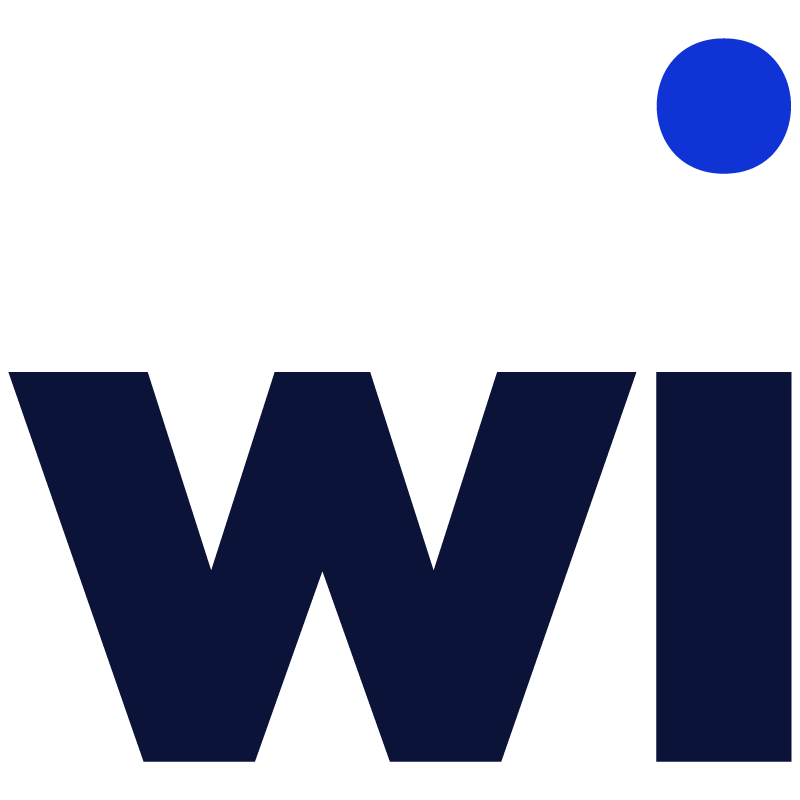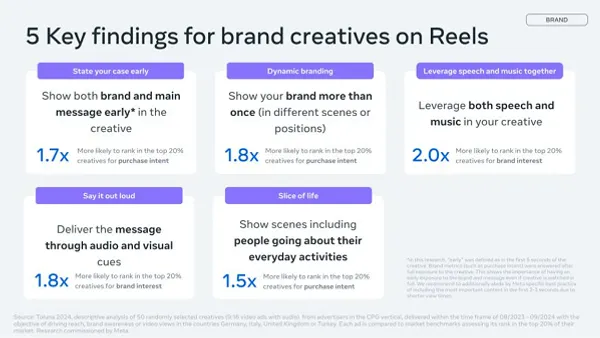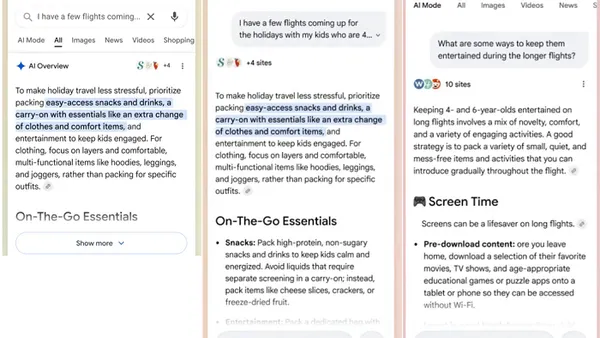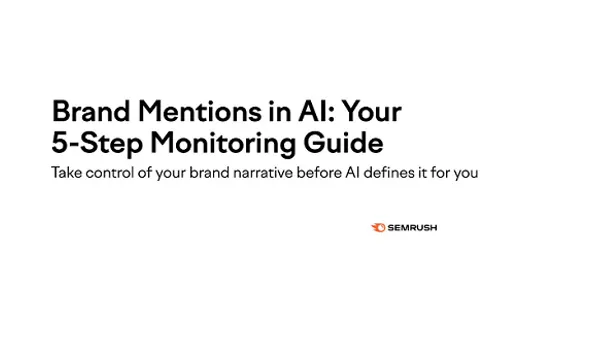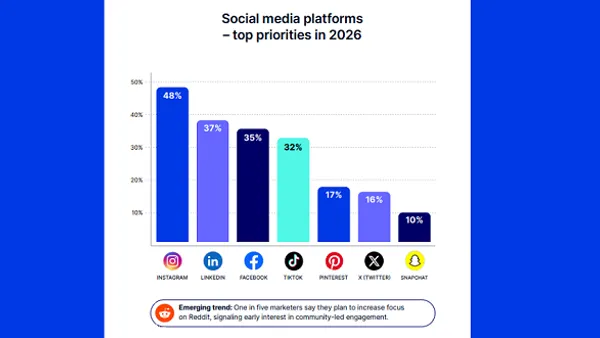
My friends over at bit.ly published an interesting graph that reveals the devices as well as the days/times that people use different devices and how and when they consume information. As you can imagine, it's across the board, but as you can see, there are waves that every device follows, except the desktop.
Desktops are of course the devices that we can assume people use during work hours. As such, they are most heavily used on weekdays before noon. Interestingly enough, phone traffic peaks at about the same times, but not to similar effects. What's also telling is that tablets are most often used at Tuesday at 5 p.m. And gaming devices such as Nintendo DS, Wii, and Sony Playstation spike on Thursdays at 5 p.m.
Also, take a look at the double hump (peak with a small valley before another peak) in activity for phones and tablets. The second plateau is nearly at the same level Monday through Thursday but loses momentum through the weekend. Tablets and gaming devices however tend to be the devices that define after hours and weekend activity.
Additionally, the bit.ly team examined which platforms share similar usage patterns. The chart used to convey these patterns is a bit tricky to navigate. Here are some of the highlights...
1. Windows and Linux users behave similarly in social media.
2. Mac OS X is used more like a mobile device than either Windows or Linux on the desktop. This is of course because iOS devices, iPhones, iPods and iPads drive mobile usage.
3. The Kindle is used in a very different manner to engage with the social web. The majority of Kindle usage occurs later in the evening over any other devices.
So what does this mean?
It means that content, to be shareable to its full capacity, must have shareability (SMO) built-in to convert an object into a social object. As such, it must be introduced at the right time and in the right way for each medium. Here, the medium is very much the message. Additionally, information and social objects should be packaged and optimized for each device to increase engagement and shareability. That's right. This isn't a one size fits all approach which many publishers typically design for. Essentially, this means that a one-to-many content syndication strategy across the social web is not scalable nor is it practical across devices. Design for the medium.
I would like to see this data not only for clickthroughs or consumption patterns, but also how and when interesting content is shared and how that plays into resonance - the duration and depth information stays visible in the stream.
Connect with me: Twitter | LinkedIn | Facebook | Google+ |
Order The End of Business as Usual today...








